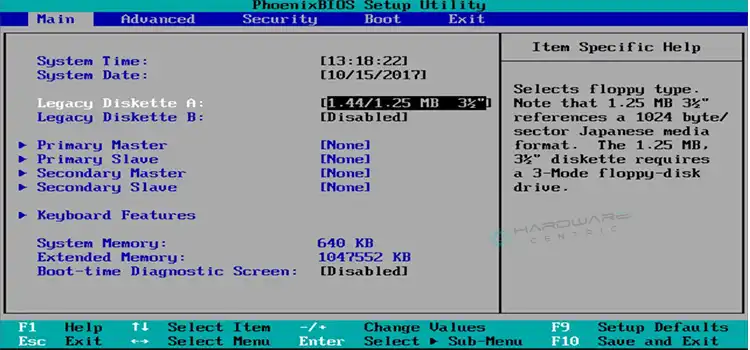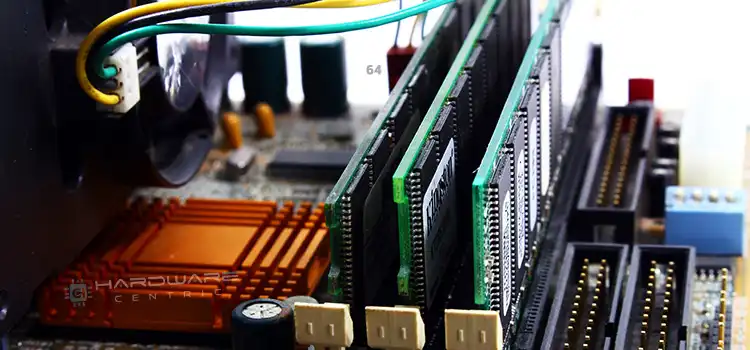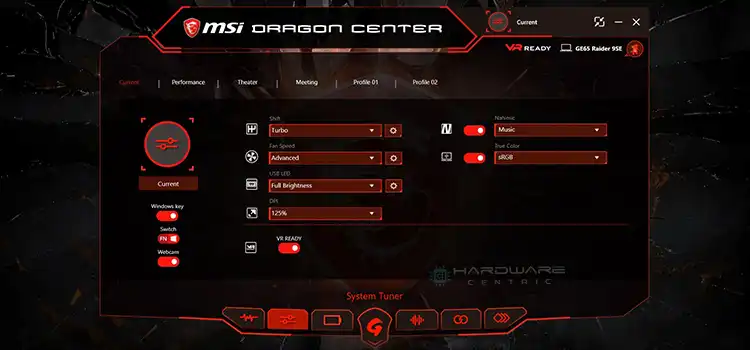[Explained] Should I Enable Virtualization Technology?
While adjusting your BIOS settings, you may notice an option named Virtualization Technology (VT). By default, this option is Disabled for every computer. But why is that? And Should You Enable Virtualization Technology?
The most straightforward answer is – “NO”, you do not need to enable the VT unless it is necessary. So, when will it be necessary to enable Virtualization Technology?
In this article, we have explained all the answers to your question about Virtualization Technology. To know whether you should enable virtualization technology, read the article thoroughly.

What Is Virtualization Technology?
Virtualization Technology (VT) is a function that enables multiple virtual machines (VMs) on the host machine.
Virtual Machines like VirtualBox, VMWare, etc. are used to run different operating systems and applications independently. It simply simulates multiple computers within a single hardware system.
To run the Virtual Machines, they are required access to the hardware of the host system. This is achieved through a hypervisor, a software layer that manages the allocation of hardware resources to each VM.
While Virtualization Technology is enabled, the hypervisor activates and allows Virtual machines to use system hardware. It means you can’t use a VM without enabling the VT.
Why Virtualization Technology Is Disabled by Default?
You may have already noticed that the Virtualization Technology remains Disabled by default. You might wonder why don’t they leave this feature enabled. Well, there are some important reasons why virtualization remains disabled by default for most machines.
Here are the reasons why –
1. To Provide Safety and Security
The main reason to keep the Virtualization Technology disabled is to prevent a security breach called “Blue Pill“.
You may already know about the Blue Pill from The Matrix movie, where taking the Blue Pill means staying in the fake reality where the machines run everything. Yes, the name for this security breach is named after the Blue Pill from The Matrix.
While the VT is turned on, it allows the VM to handle its job swiftly. In the meantime, the system is left open to hackers. As a result, if the system is affected by a virus or is under attack, it won’t notice you or show any warning! This means it will make you think that everything is just fine as usual.
This exploit was discovered in 2008. Ever since then, CPU virtualization turned off by default by the manufacturers to ensure security.
2. To Ensure Stability and performance
Another reason for the VT to remain disabled by default is that it creates performance issues while enabled. While a Virtual Machine runs, it consumes a huge computing power from the processor and other hardware. This limits the overall performance of a PC in the long run.
Again, many software and drivers may behave abnormally if they are not compatible and stable with virtual technology. For these reasons, the VT remains disabled.
3. Reduce Power Consumption
While Virtual Technology is enabled, it utilizes additional resources from the CPU. As a result, it increases the power consumption slightly. Especially, when you are running a different operating system in the Virtual Machine. For this, the VT remains disabled.
When Should You Enable Virtualization Technology?
When should you enable Virtualization Technology and when should you keep it disabled ultimately depends on your specific need and usage scenarios. Here are some factors that you may consider enabling the VT:
1. If You Need to Run a Virtual Machine
If you are required to run virtual machines or virtualization software like VMware or Virtual Box, then you must need to enable VT. Without enabling it, you can’t make the virtual machine install any OS or run correctly.
2. To Get Additional Features
While the Virtualization technology is enabled, you may get additional advanced features from your operating system like sandboxing, containerization, or running certain applications. So, if you need any additional features like these, you may enable the VT.
However, it is always recommended to keep the Virtualization Technology Disabled in the BIOS unless you have specific reasons to enable it.
(FAQs) Frequently Asked Questions and Answers
Is Enabling Virtualization Good?
Enabling Virtualization for necessity is good but keeping it enabled for no reason is bad. You can enable it if you want you run virtual machines. But need to be cautious about the security breach named Blue Pill.
What Happens If I Enable Virtualization Technology?
Virtualization Technology will simply give Virtual Machines access to the hardware of your PC. If you enable VT, then you can run multiple operating systems through the VM on your single system. You can also install different applications from different OS in a single VM.
Conclusion
Whether you should enable virtualization technology or not completely depends on your personal perspective and needs. Some detailed information regarding the virtualization technology including why it is disabled, the risks of enabling it, and when to enable it is noted above this article. So, hopefully, you have got your answer by now after reading this. If you have anything to ask regarding this topic, feel free to ask in our comment section below. Thanks for reading!
Subscribe to our newsletter
& plug into
the world of PC Hardwares
![[9 Fixes] Please Enter Setup to Recover BIOS Setting](https://www.hardwarecentric.com/wp-content/uploads/2023/03/Please-Enter-Setup-to-Recover-BIOS-Setting.webp)



![[4 Fixes] Asus VG248QE DisplayPort No Signal](https://www.hardwarecentric.com/wp-content/uploads/2022/12/Asus-VG248QE-DisplayPort-No-Signal.webp)

